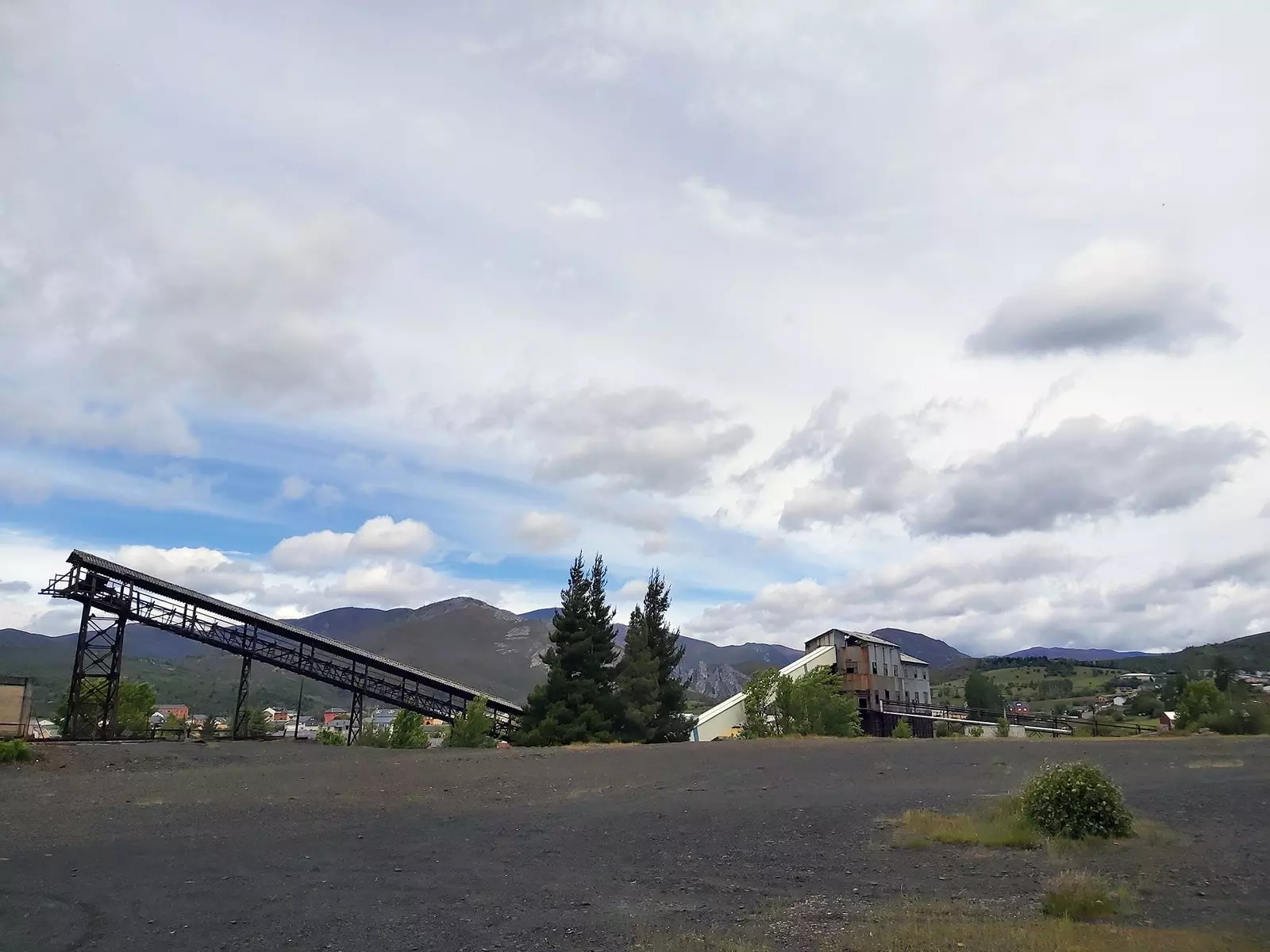
The El Bierzo mining basin: from 'heating of Spain' to industrial heritage
There was a time when the Fabero mining basin was known as “the heating of Spain” because thanks to the productivity of their mines our homes were heated. Instead, after losing half of its population, today it is considered part of the emptied Spain so it seems more necessary than ever to know its reality first-hand and impregnate ourselves with its history.
One of these unpopulated areas is the bierzo, the northwestern region of León that brings together numerous attractions: top-level wines and wineries, an extraordinary architectural and natural heritage that the Camino de Santiago crosses and, recently, an industrial heritage in the process of revaluation.
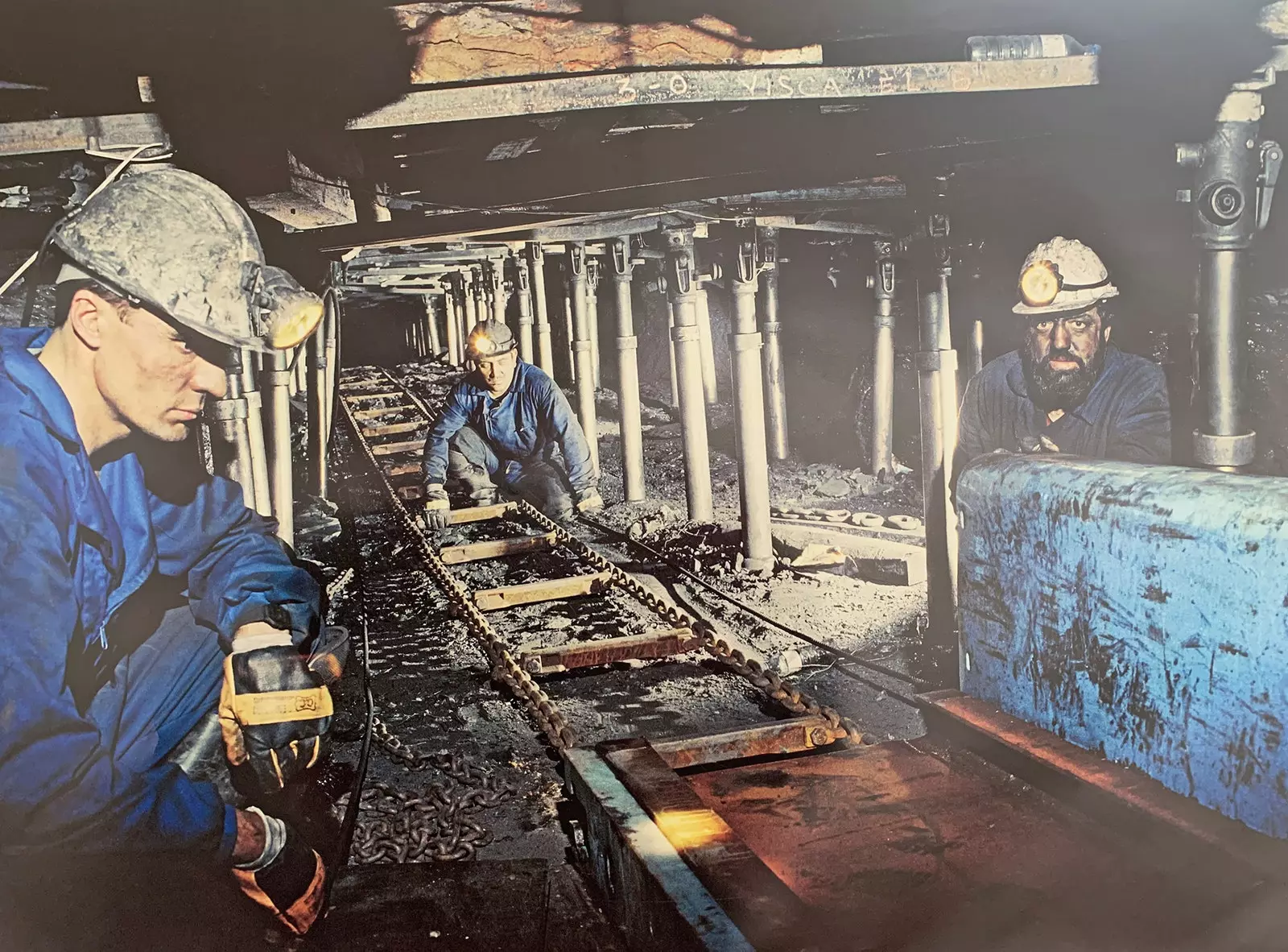
Trolley rails inside a gallery
Although the ancient Roman gold mines of the marrows are well-known for being a World Heritage Site, the nearby Fabero Mining Basin it is not so, but this may begin to change since It has just been declared an Asset of Cultural Interest with the category of an ethnological complex.
The Fabero-Sil mining basin occupied for 200 years a good part of the valley that runs through the river and its endless galleries also ran below the towns of the region. A) Yes, the ground-floor houses reveal that under them the geological veins were located.
The recent declaration as an Asset of Cultural Interest includes the Pozo Viejo, the Pozo Julia, Mina Alicia, Mina Negrín, the houses of the town of Diego Pérez and the lines of buckets. We can witness the heritage interest of these places mainly in the visit to the impressive Pozo Julia, in the town of Fabero, which in 2019 had 5,000 visitors.
When you go to visit Pozo Julia organize your time well because These visits last two hours, which can be extended by half an hour more if you want to see the old commissary and the miners' town. They take place from Tuesday to Sunday at 11:30 a.m. and at 4:30 p.m. and it is necessary to make a reservation by phone or email.
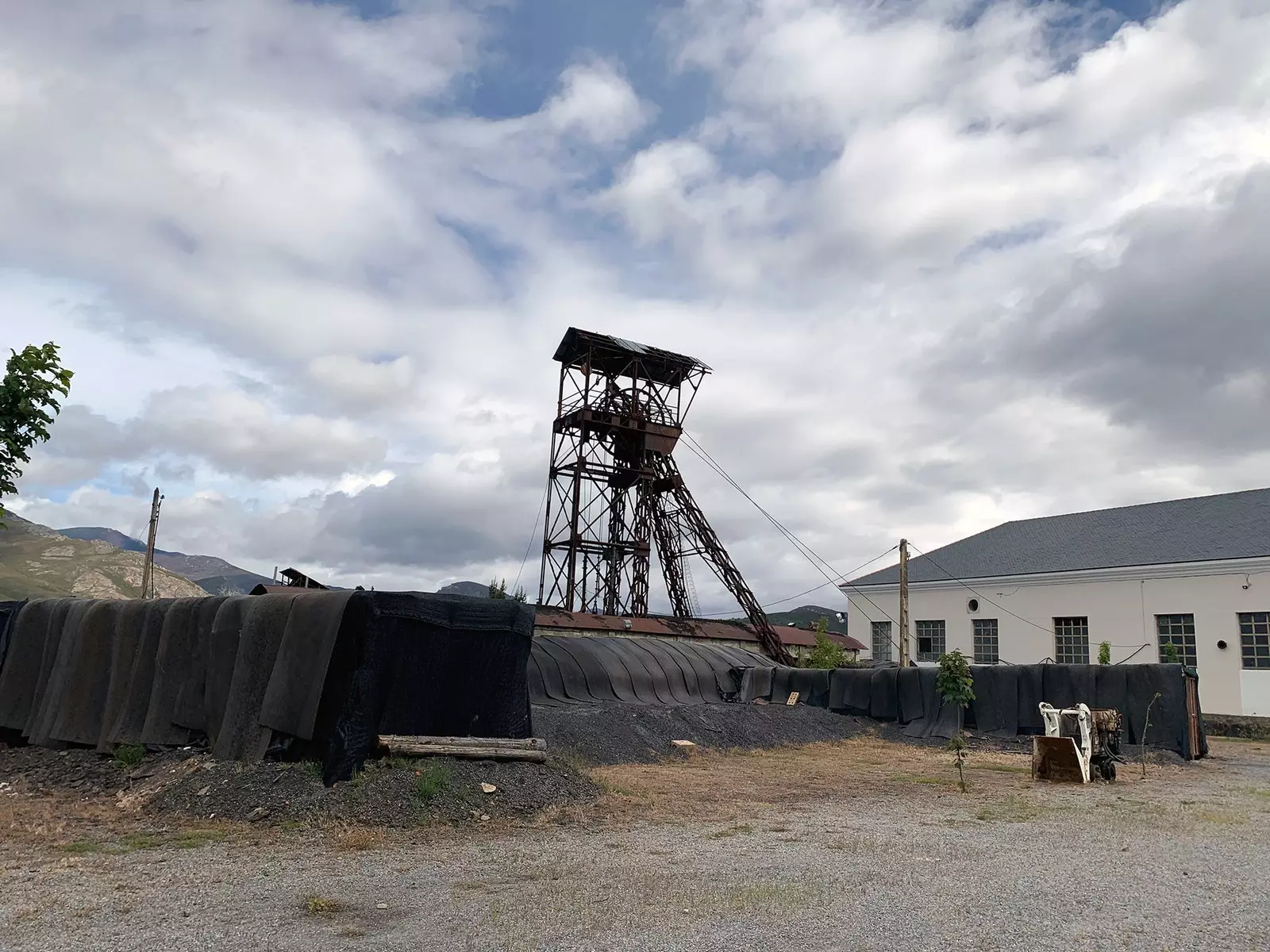
Castillete and exterior of the gallery in Pozo Julia
there awaits you Chencho Martinez, a passionate guide from a mining family and a working past in the sector. And it is that, as he relates, "it was the own Fabero Basin Miners Association which collaborated with the city council in set up this mining museum and rebuild a full-scale outdoor gallery that perfectly reproduces what the conditions of the miners were like on a day-to-day basis”.
Coal mining is already past in Spain because on December 31, 2018 the extraction of anthracite coal in our country was put an end to give way to cleaner energy sources according to the Kyoto protocol.
The Pozo Julia had already closed before, specifically in 1991, because the reserves were running out. Years later, in 2007, the facilities were ceded to the Fabero City Council, which decided revalue this heritage by turning it into a space that shows the reality of a mine that practically maintains the original essence, which gives it a verisimilitude that at times makes us shiver when listening to passages of the sacrificed life of the miners.
Although the first mining company in the area dates back to 1843, the Julia Well was built in 1947 by Antracitas de Fabero, owned by Madrid businessman Diego Pérez. The vertical well had three stories and was 275 meters deep. and today it is mostly filled with water. They were accessed through an elevator for people and wagons, now reproduced in a simulator that allows us remember the feeling of descending underground to the mine.
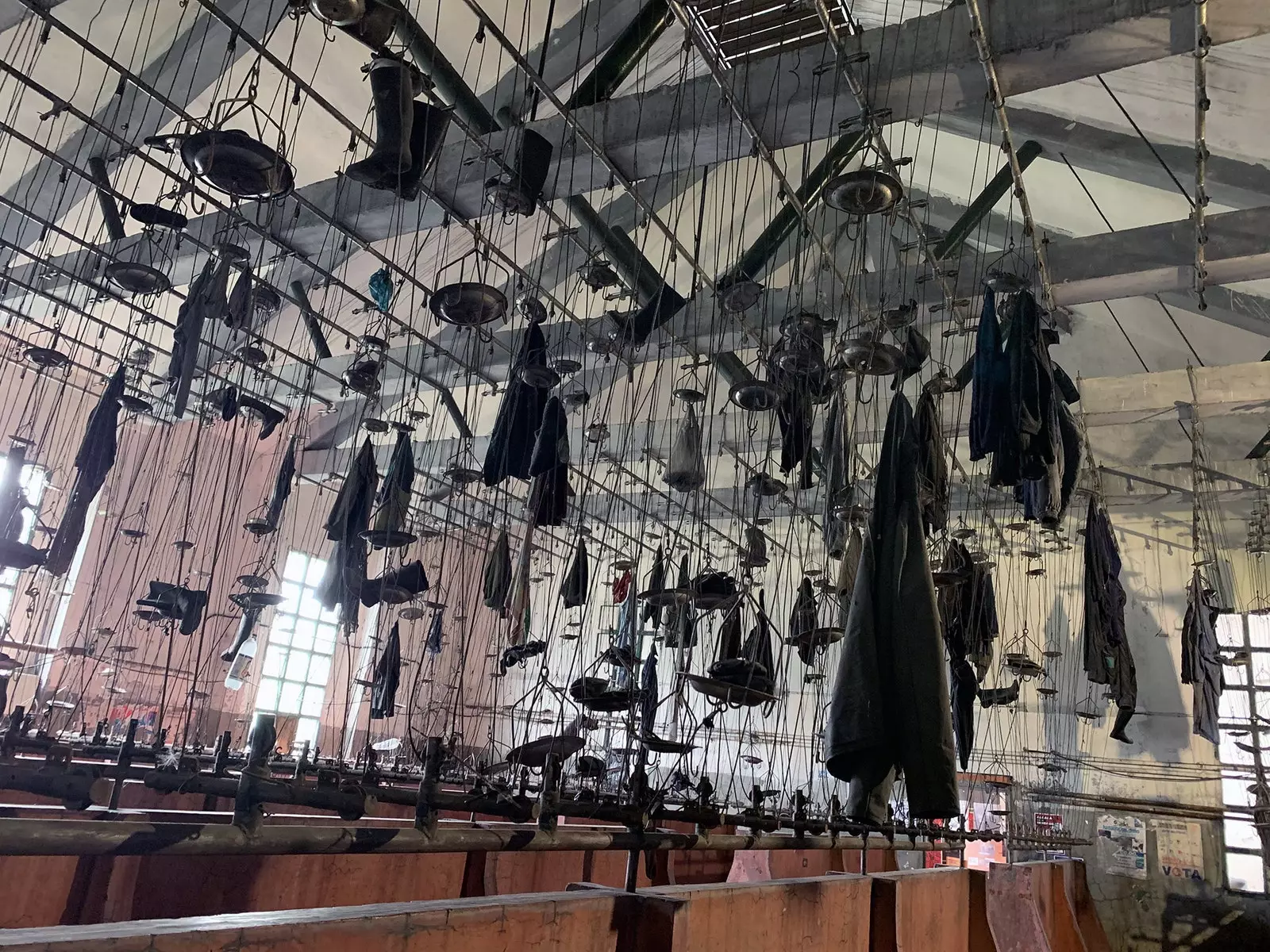
The locker and changing room area is one of the most impressive due to the visual effect produced by hanging clothes.
The visits are organized in different rooms that also allow us to know the different professional categories that existed and they are completed with temporary exhibitions always related to the mining world.
So, we'll start at the plumbing, where the miners took their charged lamps to work in the dark galleries, to immediately access the locker area and the changing rooms, one of the most impressive for the visual effect produced by the clothes hanging to dry using a pulley system. In addition, in the changing rooms there were the miners' assemblies and the struggle for more decent working conditions was forged.
And it is that the unions left their mark on Fabero. The CNT was born here in the 1930s and coal mining did not stop even during the Civil War. It was a republican zone, but the businessman Diego Pérez helped Franco in the transport of merchandise to Italy and Germany. The strength and importance of these companies was such that they were even listed on the stock market. The miners were no strangers to the wealth it generated and, empowered, began to fight for their rights.
Later, from 1939 to 1949, there was a labor camp so that the miners could "expiate their sentences". Numerous documents from the time in the next room attest to this, as do others with their progressive achievements, such as vouchers for 300 kilos of anthracite so that they could heat their houses.
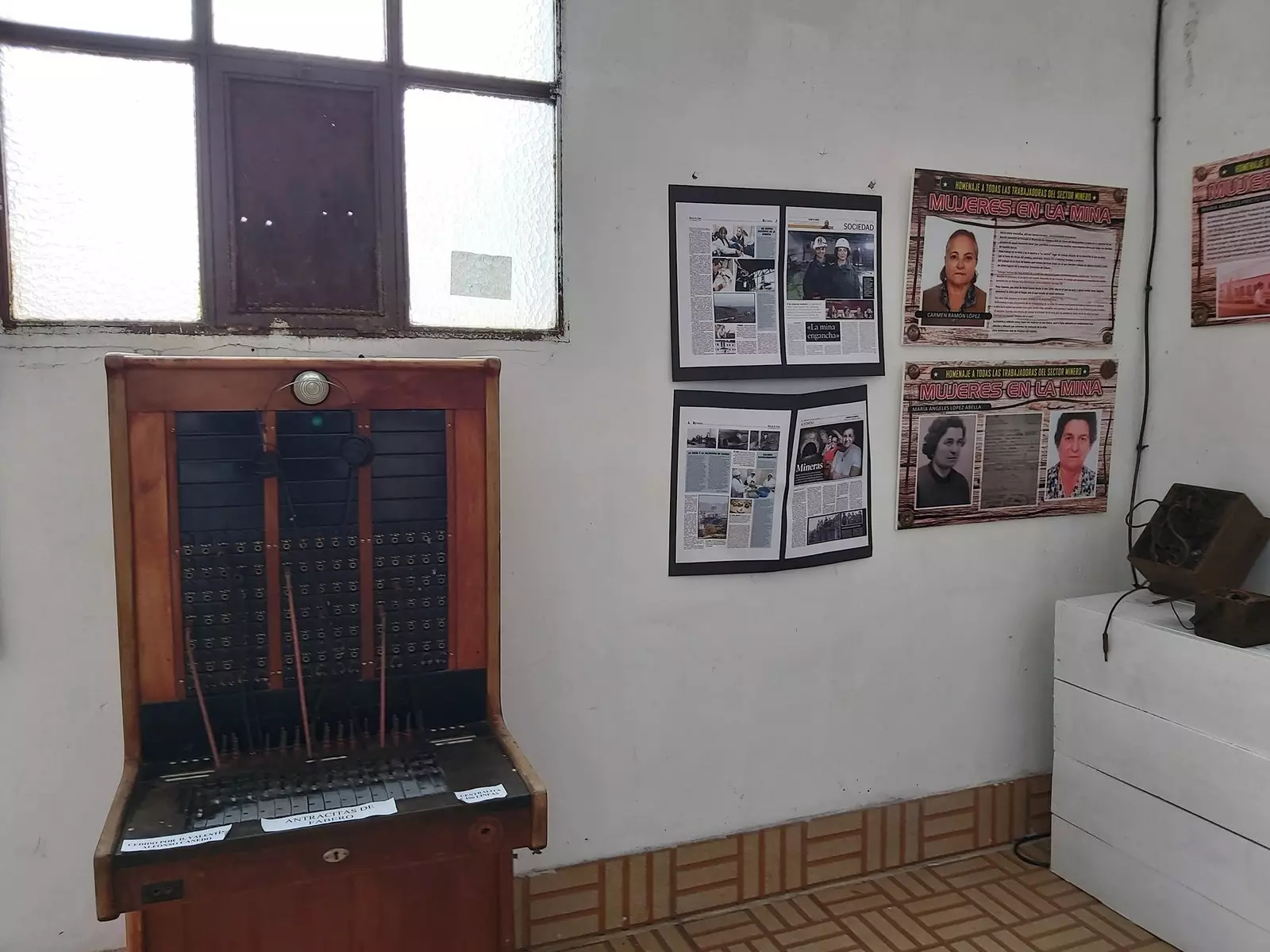
Part of the temporary exhibition 'Women in the mine'
Later, in 1962, La huelgona was produced, three months of struggle in which the miners first managed to get towels and soap and, shortly after, that employers provide them with everything they need to work.
In the exhibition we can also see numerous graphic testimonies of the mining struggle. Until 1976, they worked every day of the week and women, in jobs abroad, such as telephone operators or in the hospital, were paid half of what men were paid by law. With the strikes and the arrival of democracy, conditions changed and the working day was established from Monday to Friday, with three eight-hour shifts and a gradual improvement in economic conditions.
The woman was also able to start working legally in the mine, but they could only do so if they were single or widowed, those married only under the name of the sick or injured husband. Their personal stories leave no one indifferent and can be found at the temporary exhibition Women in the mine, inaugurated on March 8.
Entrepreneur Diego Pérez also did highly valued things such as the construction of a company hospital, where the miners were operated on and recovered. It is being restored for the museum and in the meantime, we can visit the medicine cabinet that impresses with its oxygen bottles, the accident reports, the x-ray machine or its precarious delivery room.
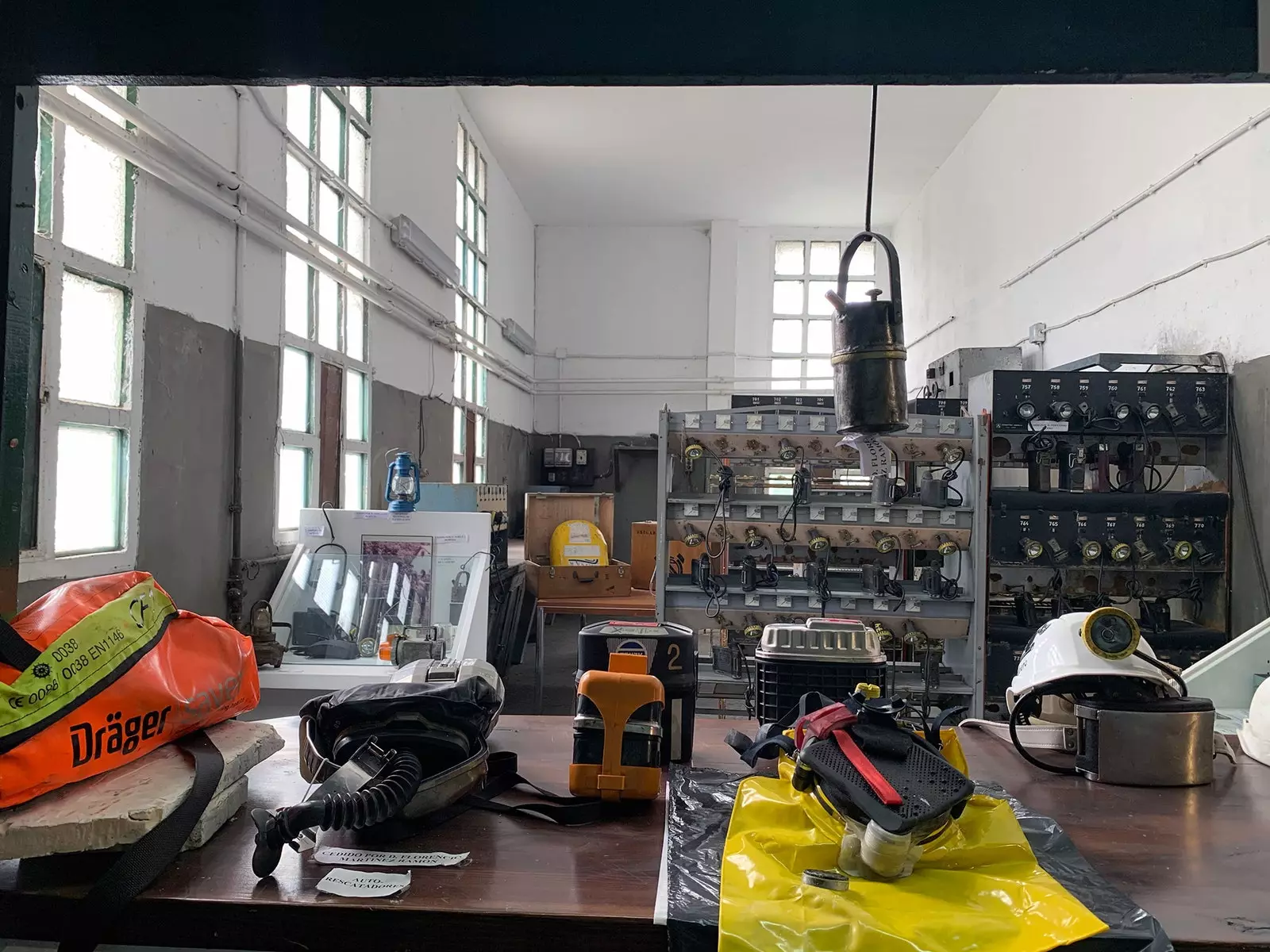
The plumbing, where the miners took their charged lamps to work in the dark galleries
Subsequently, Pérez's sons inherited the company, hence the name of Pozo Julia, after his daughter. And finally, after selling it in 2000, They returned to Madrid. Shortly before, in 1998, the Historical Memory Association of El Bierzo was born.
Each one of the rooms and the different enclaves presents own equity interest. We can visit the shower area, the security guards, the doctors' room (engineers) or the compressor room that provided the necessary energy to the tools and that had a direct line with the thermal power plant. Another of the complex's rooms is the engine room from which the extraction cages were handled and the elevator for the wagons was activated. In addition, we will know the forge, the laundries or the material classification rooms.
And finally, we will arrive at the most impressive space, outdoor reproduction of a full-scale gallery where we can learn about the different mining professions, see the routes along which the belts that transported the anthracite moved and really feel how claustrophobic it could be to work lying down for so many hours to extract it manually. Also in the gallery several videos are shown with the miners in action with whom we can be aware of the sacrifice they made risking losing their health to be able to offer their children a tomorrow
And it is that when you visit Pozo Julia most likely you will coincide with relatives of miners who, despite their harshness, feel nostalgic for that kind of life and look for documents or traces of their relatives in this living museum. Perhaps there will also be some miner who stays out of the visit to the replica of the gallery. Sometimes the past is a slab in the memory that some prefer not to relive even though others should know about it.
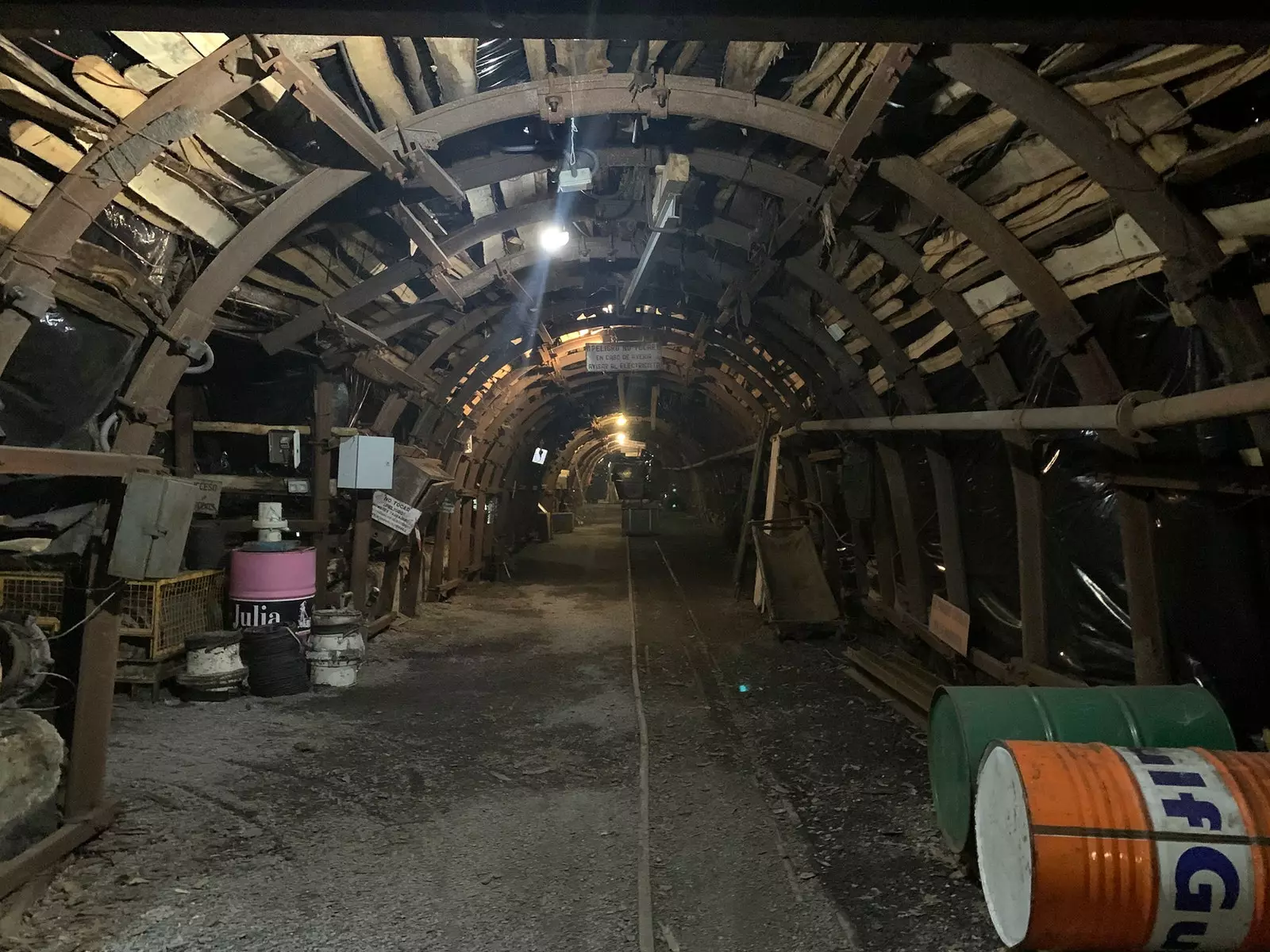
Interior of the gallery in Pozo Julia
